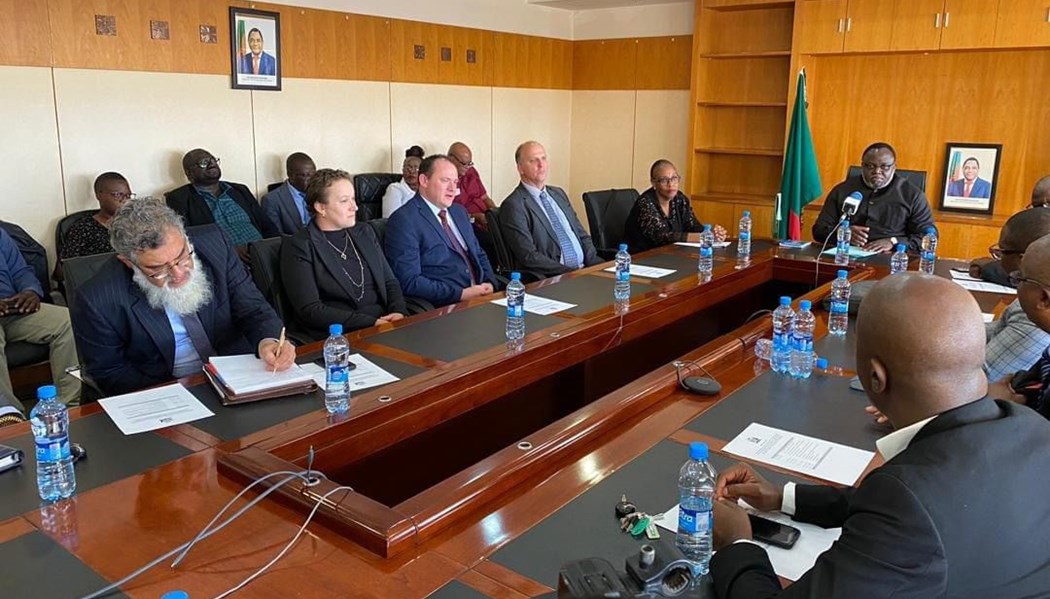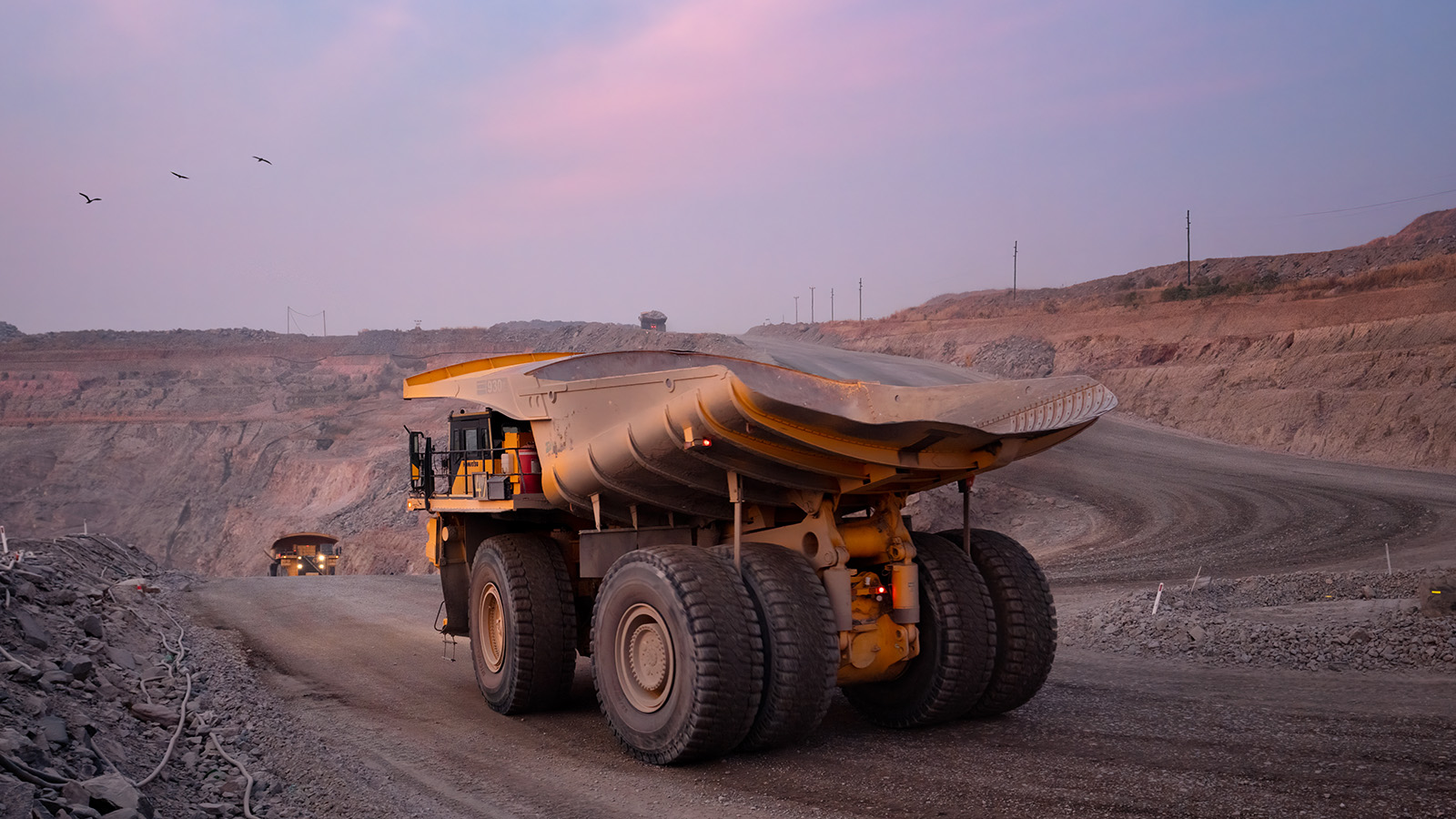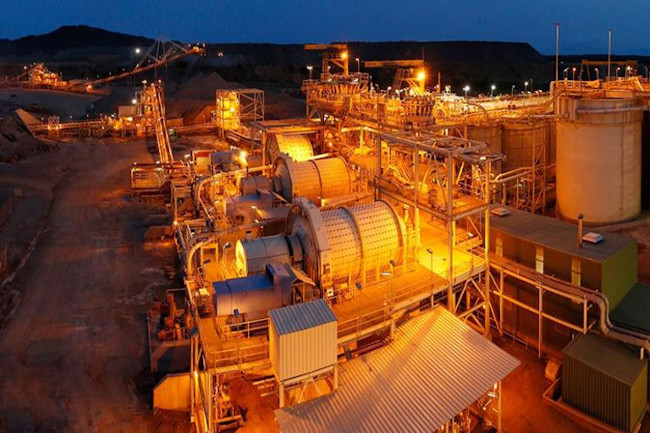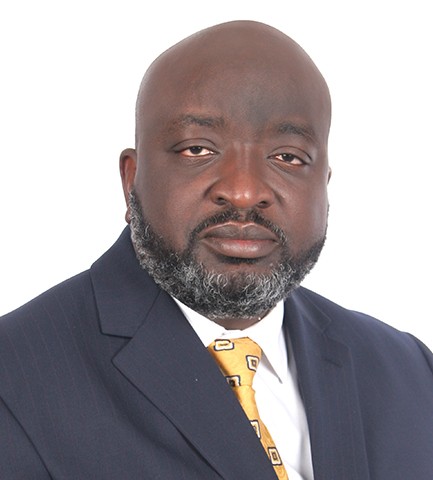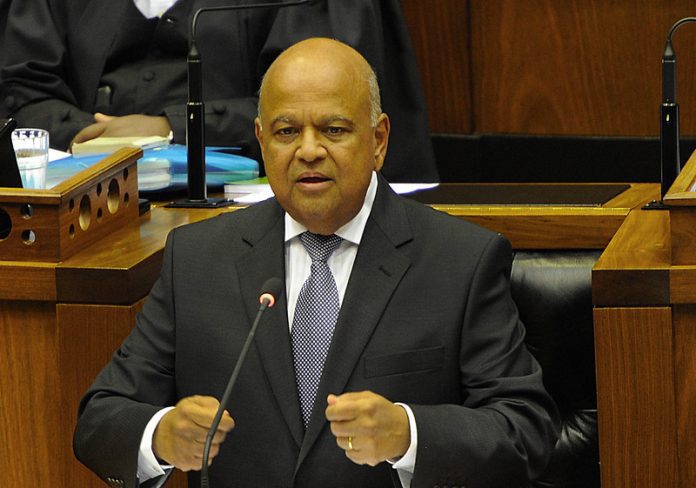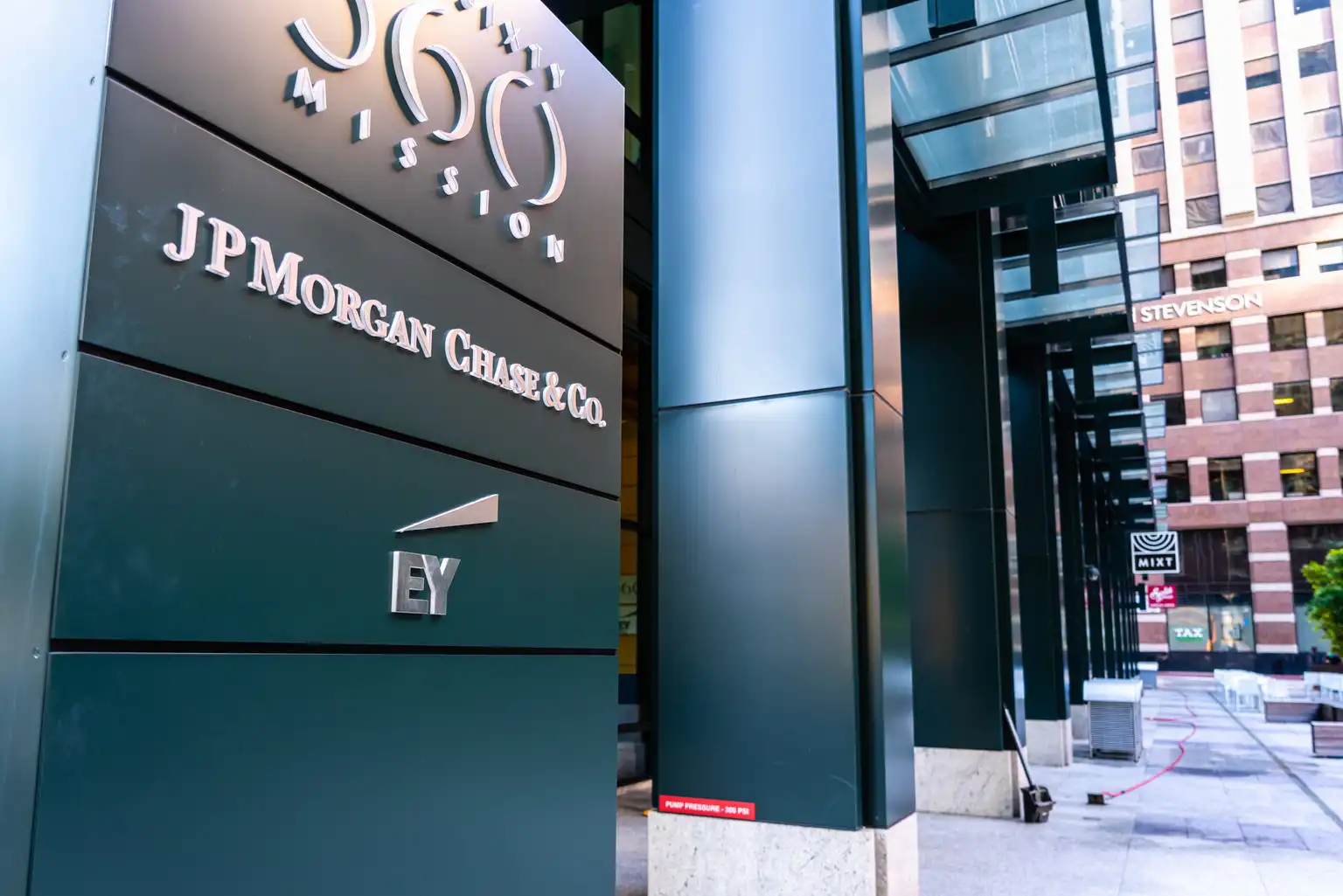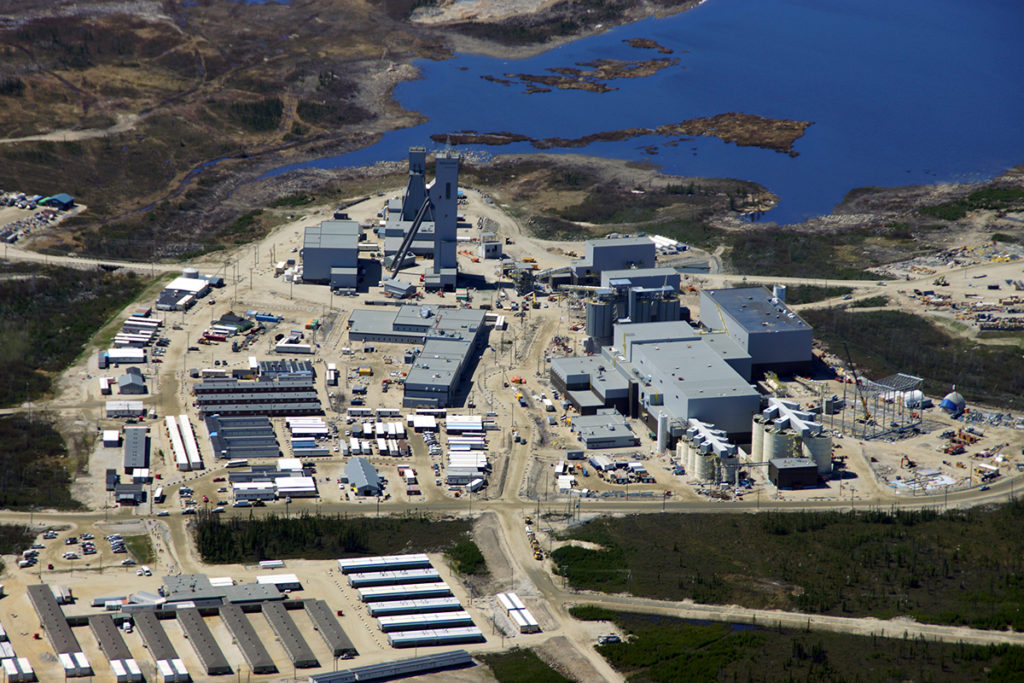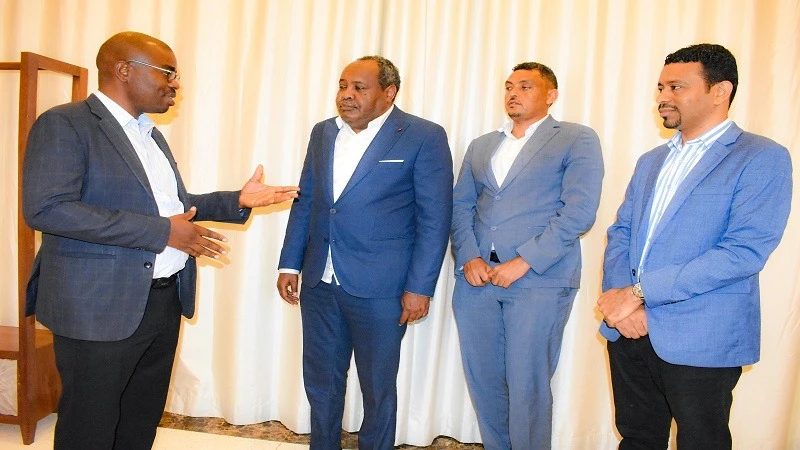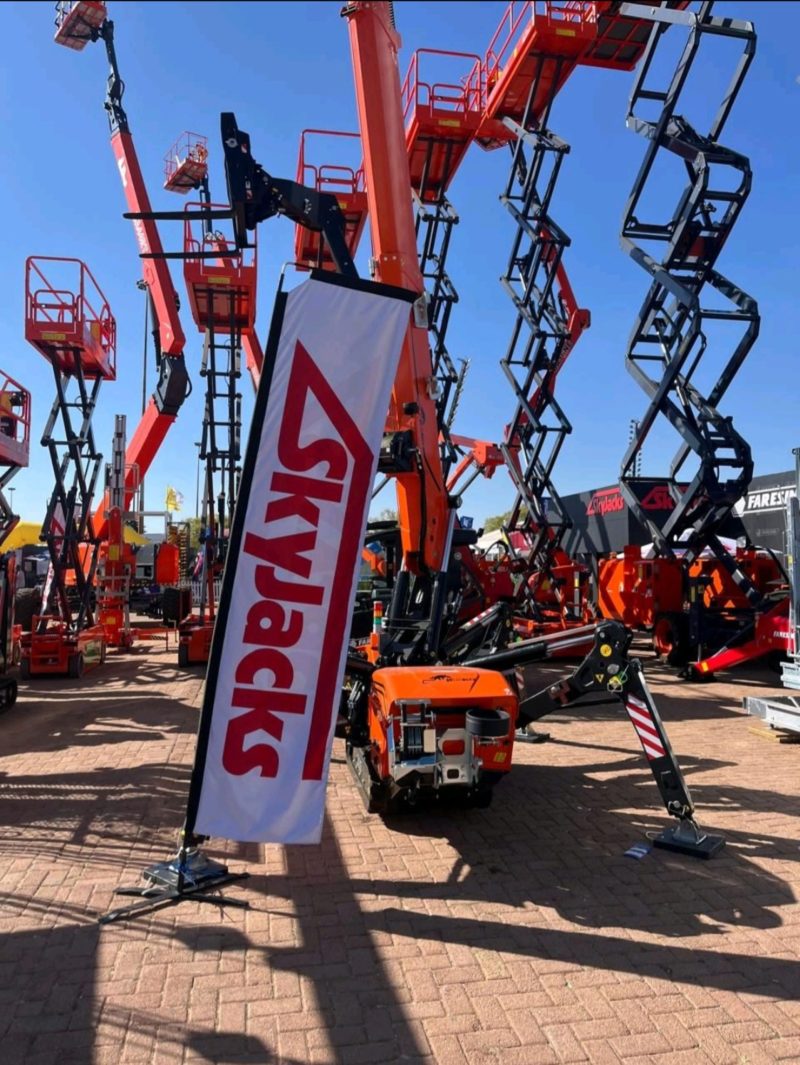Other

Congo court ruling risks snarling Trump’s critical mineral goals
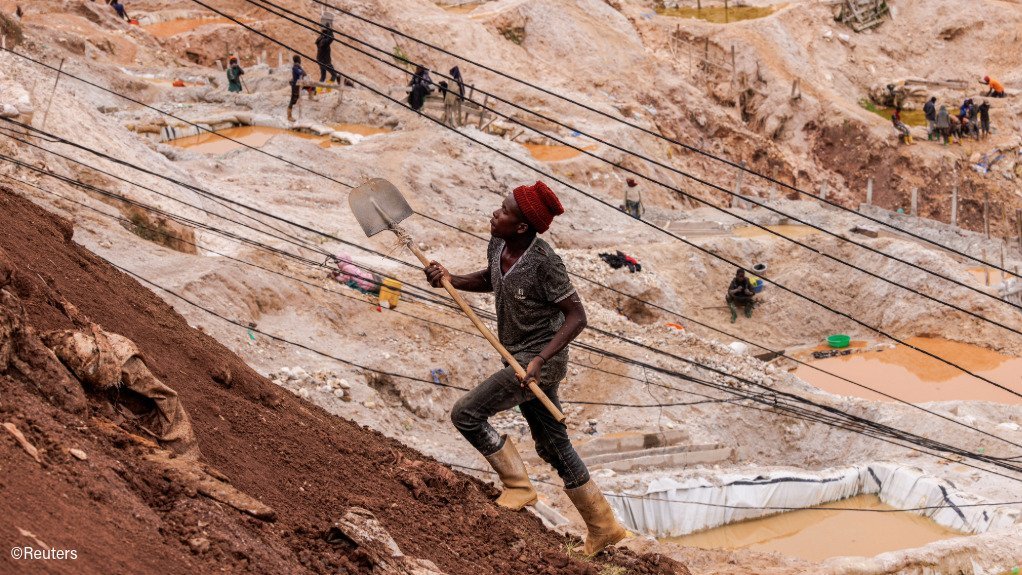
The hills near the town of Rubaya, which contain one of the world’s richest deposits of tantalum-bearing coltan ore, are currently controlled by a rebel army. But that hasn’t prevented competition around the mining rights from intensifying as the US and Congolese governments near a deal that would grant American companies access to the central African nation’s vast reserves of minerals including copper, cobalt and lithium.
Government records in the Democratic Republic of Congo list State-owned Societe Aurifere du Kivu et du Maniema SA, or SAKIMA, as the owner of a key mining concession for the project, but those rights have been challenged by a unit of Cooperative des Artisanaux Miniers du Congo, or CDMC. That subsidiary secured a ruling from Congo’s top administrative court last month that the company says bolsters its claim to be the legal owner of the permit.
The legal victory — shown in court documents obtained by Bloomberg News — comes despite opposition from the Congolese government, and could frustrate US ambitions to develop the asset. At the same time, CDMC is hobbled by the sanctions imposed in August by the US Treasury Department for its alleged links to illegal mining.
President Donald Trump’s administration is brokering a peace agreement between Congo and Rwanda that aims to end decades of deadly violence in the border region. Congo has also become a key part of US plans to loosen China’s grip on critical minerals supply chains.
The “industrialization of Rubaya” is part of that initiative, according to Massad Boulos, the US State Department’s senior adviser for Africa.
“The Rubaya mining area is one of dozens of assets currently being discussed with the government of the DRC, as part of a broader agreement on critical minerals cooperation to be signed at the White House,” Boulos said in a statement to Bloomberg.
That bilateral agreement is “designed to open the door for new US and US-aligned investments in strategic mining projects” across Congo, according to Boulos.
US Sanctions
Congo and neighbouring Rwanda accounted for almost 60% of the world’s tantalum output last year, according to the US Geological Survey. Although a tiny market of about 2,500 tons a year, it plays a crucial role in high-tech industries including electronics, aerospace and defense.
On Aug. 12, the Treasury’s Office of Foreign Assets Control sanctioned PARECO-FF, an armed group that oversaw activity at Rubaya in eastern Congo from 2022 to 2024, alleging the militants collected illegal taxes, “imposed forced labor and executed civilians in mining areas under its control.”
The US also penalized CDMC for allegedly selling material “sourced and smuggled” from the same sites to two Hong Kong-based entities.
CDMC denies the allegations, saying it has never “knowingly or unknowingly” assisted PARECO-FF or any other armed group.
Court rulings
Despite the setback, CDMC has been faring better at home in a bid to re-absorb Rubaya into an adjacent mining permit held by Congo Fair Mining, or CFM, in which the sanctioned firm holds a 70% stake. The Council of State – Congo’s top administrative court – issued decisions on April 30 and Sept. 4 that CDMC says strengthen CFM’s claim to the deposit.
In the rulings, judges canceled or suspended three ministerial decrees made over almost two decades – but most recently in March – that excised the coveted concession from the larger surrounding license, which is now held by CFM.
CFM was created in 2021 as a joint venture between CDMC and SAKIMA, which owns the remaining 30%. The partners have subsequently fallen out.
As of Sept. 21, Congo’s registry of mining permits still shows SAKIMA as the holder of the Rubaya permit. The state firm applied for the rights on March 11.
The request by SAKIMA – which transferred the bigger permit to CFM four years ago – to divide the property was “fraudulent,” Serge Mulumba, CFM’s managing director and CDMC’s president, said by email. The court decisions affirm that CFM is “the sole legal owner of the Rubaya concession,” he said.
Congo stance
Congo’s government disagrees with Mulumba’s contentions.
It “seems to be quite clear” after reviewing the dispute that SAKIMA owns Rubaya, Mines Minister Louis Watum told Bloomberg. “I think we’ll soon call all the people around the table and then discuss,” he said in New York at an event held on the sidelines of the annual United Nations general assembly meetings. Watum was appointed to his role in early August.
SAKIMA declined to comment.
For now, the legal back-and-forth is moot because neither SAKIMA nor CFM can access the contested site as Rwanda-backed M23 rebels occupy a large swath of eastern Congo. That area includes Rubaya since April 2024, after PARECO-FF was ousted.
The US sanctioned M23 in 2013 during the armed group’s initial uprising.




